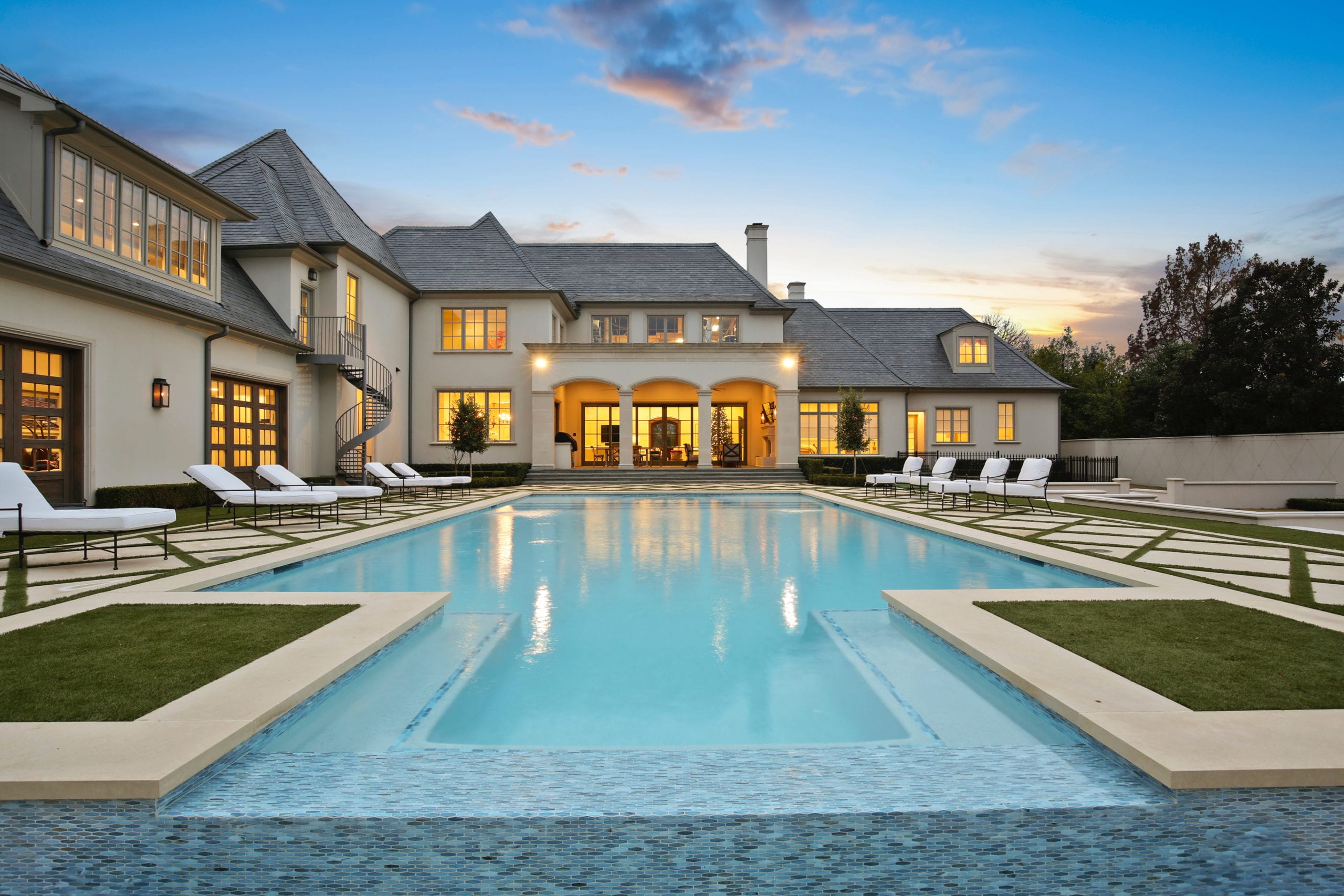Building a custom home is like creating your own personal oasis. You’re able to finally put in all the features that suit your wants and needs. You can truly create your dream home.
Creating custom floor plans isn’t as easy as dragging and dropping options. If you’re not careful, you can overwhelm the floor plan with features you ultimately don’t need & won’t use.
Your home won’t look professionally designed, and the finished product probably won’t be a place you want to live in. Luckily, that doesn’t have to be your home’s fate.
Here are five tips for selecting the right floor plan for your custom home.
- List Out Your Likes, Wants, and Must-Haves
Before you select or create a floor plan, you need to know what elements you’re putting in it. The best way to start is with a list of your likes, wants, and absolute must-haves.
Your likes are features that would be a nice extra feature in your home. For example, it might be nice to have an extra bedroom to use as a guest room or a loft space for kids to hang out in.
Wants are things you’d really like in the house, but the specifics aren’t a requirement. You may want a large pantry or a laundry room on the second floor. If it comes down to it, you could have a smaller pantry or move the laundry.
Your must-haves are things you don’t want to live without. You may need a certain number of bedrooms or an open floor plan for accessibility. You may also want to have a spacious, spa-like bathroom featured in the primary bedroom.
Breaking your home’s features into these categories can help you prioritize what makes the final floor plan.
- Get Practical and Technical
When you create custom home floor plans, it’s easy to focus on all the fun and exciting features. Before you can pick out kitchen tiles and paint colors, you have to think practically.
Do you have land or are you buying in a planned community? What kind of home are you able to build? What are the state and local building requirements that you have to adhere to?
You have to consider all of these factors before drafting up plans to build a house. The good news is that you don’t have to tackle all this on your own. Professional builders can answer all these questions throughout the process.
At the start of your home building process, you should also consider the practical elements when creating the floor plan. Are you going to have one or two levels? How do you want your home laid out?
Going in with a plan will ease the process from beginning to end.
- Research Architectural Styles
It’s a good idea to research architectural styles before you start drafting a custom-built home’s floor plan. This can guide you both inside and outside the home.
Research the features and aesthetics of different architectural styles and take note of what you like and don’t. If you prefer one style more than others, you can build your dream home in that style.
You can also incorporate elements from multiple architectural styles to make your home feel more unique. You can always get help from a designer or architect to do this seamlessly.
If you’re building in a planned community where you may have limited choices on the exterior, researching architectural styles can still help you in the long run.
Not only will you choose a home you like, but you will also know what features will work for you and which ones won’t.
- Determine a Budget
One of the most crucial steps you can take when creating a custom home is determining your budget and sticking to it. Custom-built home costs can quickly get out of hand if you aren’t paying attention.
Early on in the process, you should take a serious look at your finances to understand what you can afford to invest in your home. Ask yourself how much you can spend and how much you can afford to borrow.
Once you have your budget, break it down to get a clear sense of how much each element will cost. Give each stage and category a set amount you’re going to spend to complete it.
Allocate how much of your budget will go towards building and how much will go towards the aesthetic finishing touches.
You don’t want to build your custom dream house only to find out you’ve run out of money at the flooring state, painting stage, or final furnishing stage.
- Consider Your Lot Dimensions
The last thing you want to do is plan your dream home without considering the size of land it will be built on. You wouldn’t want to create your dream home right down to the inch, only to find out it’s not going to fit on your plot of land.
Whether you have acres of land or a lot in a planned community, you have to consider the lot dimensions. Some areas will have zoning requirements or ordinances you have to follow on your lot.
For example, your home may have to be a certain distance away from the street or your neighbor. You may only be allowed to have a specific number of square footage on the lot.
While you must consider this when building a custom home, you don’t have to do it alone. A professional building company will help you comply with local and state ordinances and meet zoning requirements.
Choose the Best Custom Floor Plans for You
There’s nothing better than coming home from a long day and relaxing in your own home. That feeling is even better when your home is custom-made just for you. If your home is supposed to be a personal oasis, it should feel unique!
A custom home can meet all of your wants and needs, while creating a space that you enjoy spending time in. To get that space, you have to consider the right custom floor plans. We hope you will take these tips into consideration when creating the home of your dreams.
Ready to live in a home that’s built JUST for you? Get in touch with us today to discuss building your dream home!






